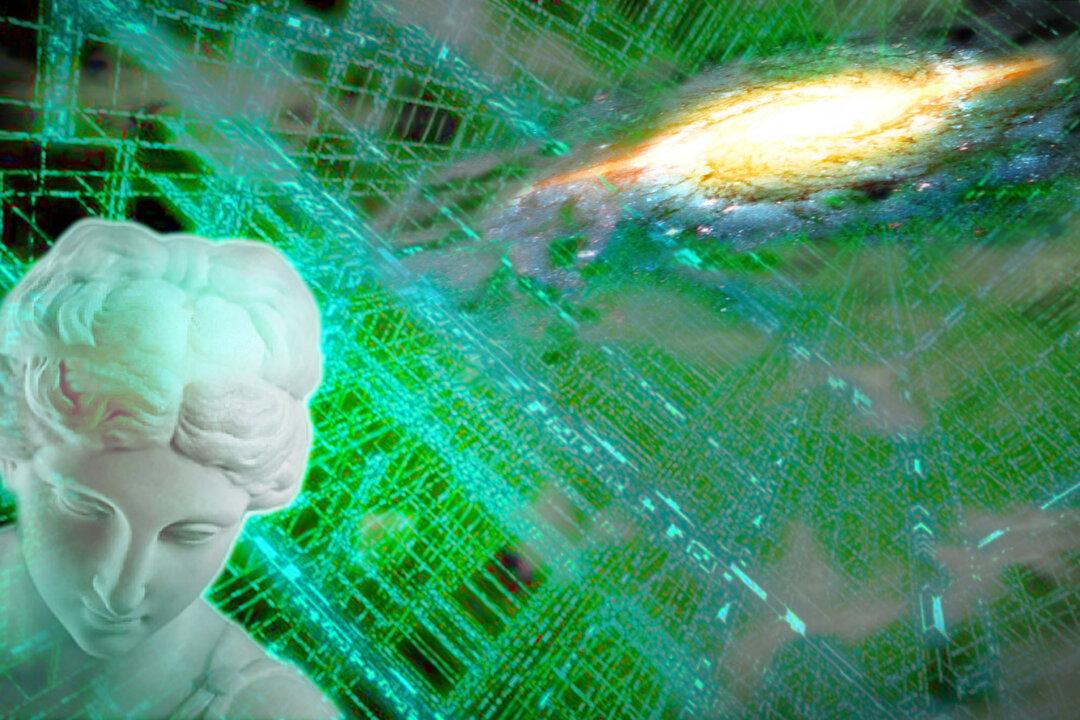Unfinished works of art have long had a poetic allure. Such works are attractive to us today, in part, because of the curiosity and sadness that inevitably accompany fragments. What have we lost? What might it have become? Perhaps more importantly, unfinished works promise to open a window into the creative process more transparently than “finished” ones. They can provide insight into both the intellectual decisions and technical means by which the artist sought to create something.
For Pliny the Elder, artists’ unfinished pictures were “more admired than those which they finished, because in them are seen the preliminary drawings left visible and the artists’ actual thoughts.” Similarly, in the 19th century, sketches became central to models of the creative imagination, appearing to grant privileged access to this moment of inspiration.






